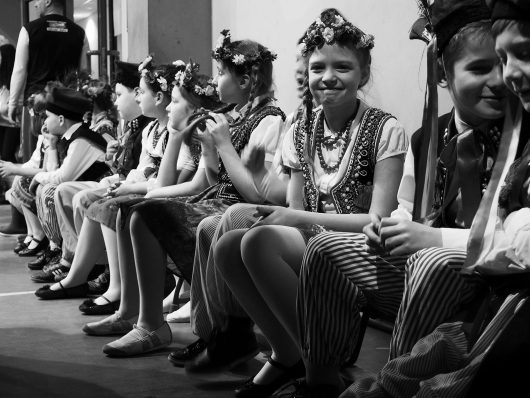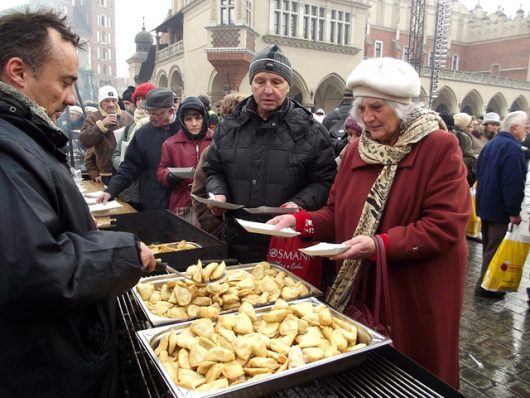
The refugee crisis is one of the biggest impacting the world, Europe in particular. With a prominent history of accepting refugees after the collapse of the Union of Soviet Socialist Republics (U.S.S.R.), Poland today is playing a surprisingly limited role. Here are 10 facts about Poland’s refugee efforts.
- Poland has been turning away refugees. Asylum seekers from Chechnya, an increasingly repressive part of Russia, have been being denied entry into Poland, even though the Terespol border became an entry point for Chechens, Tajiks and other citizens of former Soviet Republics when the U.S.S.R. dissolved.
- Terespol border guards rejected 85,000 attempts to cross the border from Belarus in 2016. Only 25,000 were turned away in 2015, illustrating a major change in the Polish perspective of refugees.
- Lack of refugee support reflects a lack of Polish influence in the EU. Poland’s anti-liberal shift has resulted in Poland losing a great deal of negotiating power with other European powers.
- “There is no mechanism that would ensure safety,” explained Jaroslaw Kaczynski, who leads Poland’s ruling Law and Justice (PiS) party. The PiS party takes a nationalist and right-wing stance. It is very vocal in opposing housing and feeding refugees from Syria and others in humanitarian crisis.
- The EU has suggested that countries should have a quota of refugees, or pay €250,000 ($280,188) for each asylum-seeker they turn away. The money would go to countries that have a disproportionately high number of refugees, such as Greece, Germany and Italy.
- Poland’s stagnation isn’t good for its politics. Such stubbornness could lead to less power and credibility with other European nations while also questioning the relationship it has with Europe on the one hand, and on the other hand, Russia.
- Human rights groups have been covering and warning the EU about Polish actions, but the EU has failed to reprimand or sanction Poland. An EU executive was even quoted as “closely following the situation” regarding Poland’s refugee efforts, but no follow-up has been taken.
- Chechens trying to go to Poland are in great danger. Trying to cross the border, Chechens risk getting sent to detention centers in Belarus.
- The most obvious solution is for Poland to respect the EU’s concept of “effective solidarity.” However, with the right-leaning government and anti-liberal views running through Poland, this seems the most unrealistic solution.
- Poland may be breaking the law. Chechens denied refugee status are sent back to Belarus and fear deportation to Russia. According to Polish law, however, the Office for Foreigners, not the Border Guard, is to evaluate applications for refugee status. Some refugees have applied more than 70 times and been denied each time.
Poland’s refugee efforts, or lack thereof, have led many nations to questions the future of Poland’s power and influence in the EU. Additionally, Poland’s relations with Russia will remain in question until Poland becomes active in the refugee crisis.
– Mary Waller
Photo: Flickr


